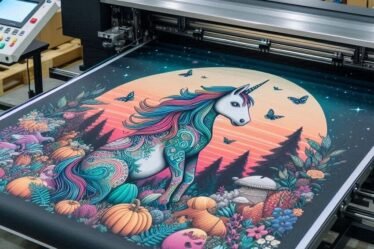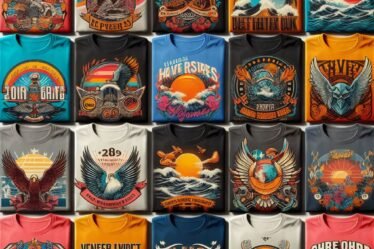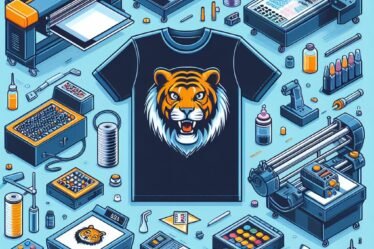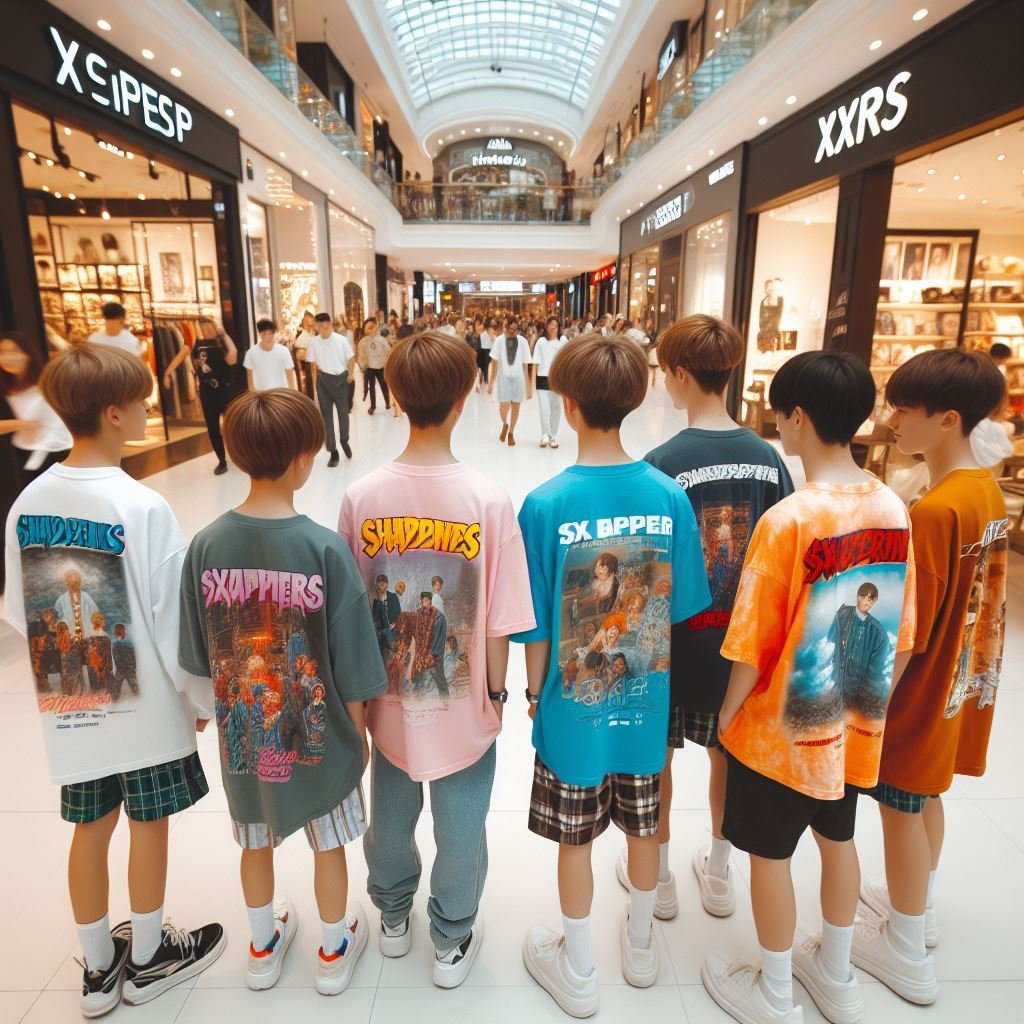
Introduction to Oversized T-Shirts
Oversized t-shirts have become a prominent fashion trend characterised by loose-fitting garments that extend beyond the typical dimensions of a standard shirt. This style has gained immense popularity across various demographics, particularly among the youth, due to its unique combination of comfort, versatility, and opportunities for style expression. To understand the origins and widespread appeal of oversized t-shirts, it’s essential to explore the evolution of fashion, the influence of subcultures, and the role of technology in contemporary apparel design.
The concept of oversized clothing has historical roots, with loose-fitting garments worn for practicality and comfort across various historical periods. However, the modern interpretation of oversized t-shirts as a fashion statement began to emerge in the late 20th century, driven by cultural shifts and the rise of subcultures such as hip-hop and skateboarding.
Hip-Hop Culture and Oversized T-Shirts
In the 1980s and 1990s, hip-hop culture played a pivotal role in popularising oversized clothing, including t-shirts. Hip-hop artists and enthusiasts embraced baggy clothing as a means of self-expression, rejecting the slim-fitting styles of previous decades in favour of a more relaxed and casual aesthetic. Oversized t-shirts became emblematic of the hip-hop fashion scene, symbolising authenticity, confidence, and rebellion against mainstream norms.
During this period, graphic printed t-shirts also gained prominence, featuring bold designs, slogans, and imagery inspired by urban culture, music, and political activism. These graphic tees often incorporated elements of street art, graffiti, and cartoon illustrations, reflecting the diverse influences within hip-hop and youth culture.
Influence of Anime Culture And Oversized T-Shirts in India
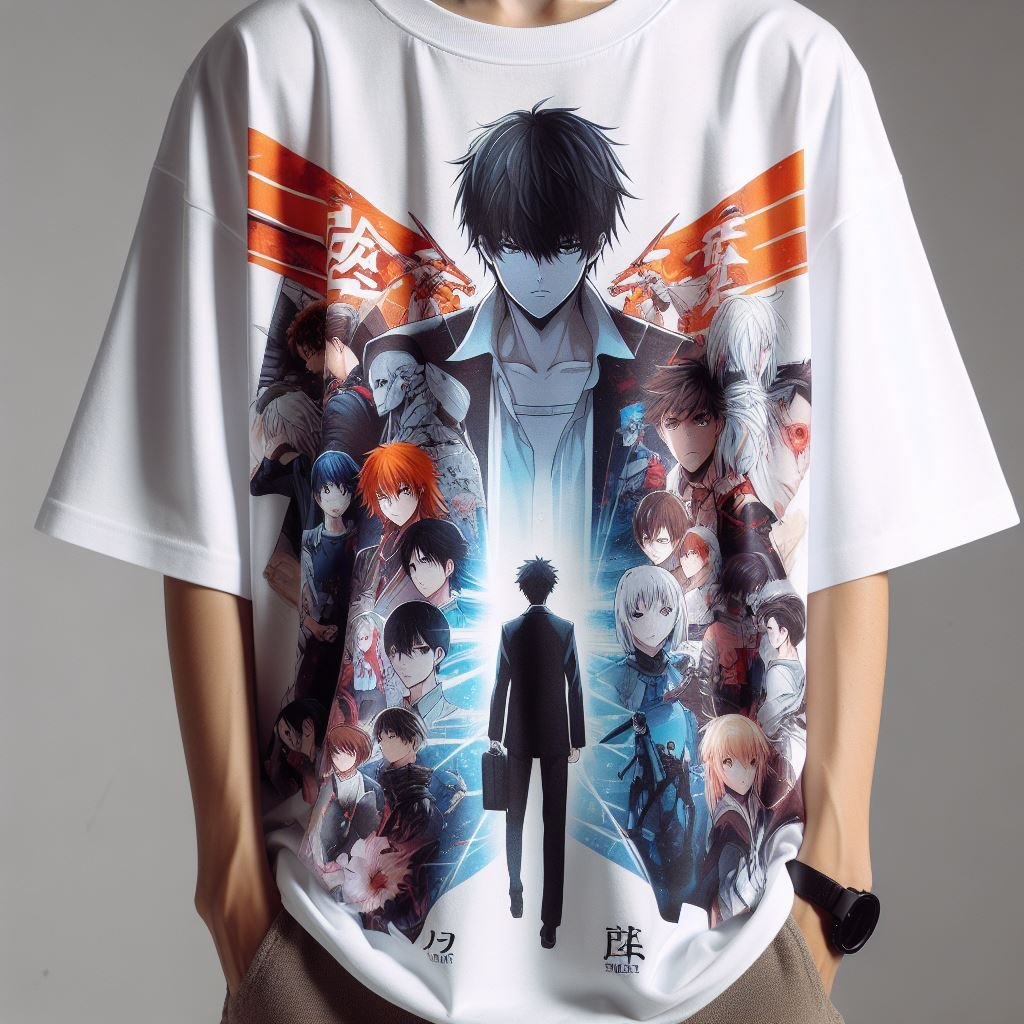
The introduction of anime-inspired designs further diversified the range of graphic printed t-shirts, appealing to enthusiasts of Japanese animation and manga. Anime-themed t-shirts featured iconic characters, symbols, and motifs from popular series, captivating audiences with their vibrant colours and fantastical imagery. This fusion of anime culture with street-wear fashion contributed to the growing popularity of oversized t-shirts among a global audience of youth and pop culture enthusiasts.
In parallel with the rise of oversized t-shirts in Western countries, a similar trend was unfolding in India. This was driven by the country’s burgeoning youth culture and increasing exposure to international fashion trends. Indian youth, particularly in urban centres, embraced oversized t-shirts as a means of expressing their individuality, creativity, and connection to global youth culture.
The Role of Digital Printing Technology
The advent of digital printing technology revolutionised the production of graphic printed t-shirts. This innovation enabled designers to create intricate designs and high-quality prints with greater precision and efficiency. Digital art printed tees emerged as a subcategory within the oversized t-shirt market, featuring original artwork, illustrations, and digital compositions that showcased the creative talents of artists and designers.
The democratization of design tools and online platforms further empowered artists to showcase their work and collaborate with fashion brands to produce limited-edition collections of digital art printed tees. Social media platforms served as catalysts for this creative exchange, allowing artists to reach a broader audience and build a following around their unique visual styles.
Versatility, Personalization and Inclusivity
The popularity of oversized t-shirts transcended their association with specific subcultures or fashion movements, becoming a ubiquitous staple in contemporary wardrobes. Their appeal lies in their versatility, as they can be styled in countless ways to suit individual preferences, occasions, and aesthetics. From casual street wear ensembles to elevated fashion statements, oversized t-shirts offer a canvas for self-expression and creativity, allowing wearers to project their personalities and interests through the graphics, slogans, and designs adorning their shirts.
Moreover, the relaxed silhouette of oversized t-shirts aligns with the growing emphasis on comfort and practicality in modern lifestyles. As people prioritise comfort-driven attire for everyday wear, oversized t-shirts provide a comfortable and effortless option that doesn’t compromise on style or visual impact.
The inclusive nature of oversized t-shirts also contributes to their widespread popularity, as they cater to diverse body types and sizes, promoting a more inclusive and body-positive approach to fashion. Unlike traditional fashion norms that prioritise slim or standardised fits, oversized t-shirts celebrate diversity and embrace the uniqueness of every individual.
In recent years, the sustainability and ethical implications of fashion consumption have become increasingly relevant topics, prompting consumers to seek out alternatives to fast fashion and disposable clothing. Oversized t-shirts, particularly those made from sustainable materials or produced through ethical manufacturing practices, have emerged as a conscientious choice for eco-conscious consumers. By investing in high-quality, durable garments that can withstand multiple wears and washes, consumers can reduce their environmental footprint and contribute to a more sustainable fashion ecosystem.
Conclusion
In conclusion, oversized t-shirts represent more than just a fashion trend; they embody a cultural phenomenon shaped by the intersection of art, technology, and youth culture. From their roots in hip-hop and street-wear to their evolution into a mainstream fashion staple, oversized t-shirts continue to captivate audiences with their comfort, versatility, and style expression. Whether adorned with graphic prints, anime designs, or digital art compositions, these oversized garments serve as canvases for creativity and individuality, resonating with a generation of consumers who value self-expression, inclusivity, and sustainability in their fashion choices.

